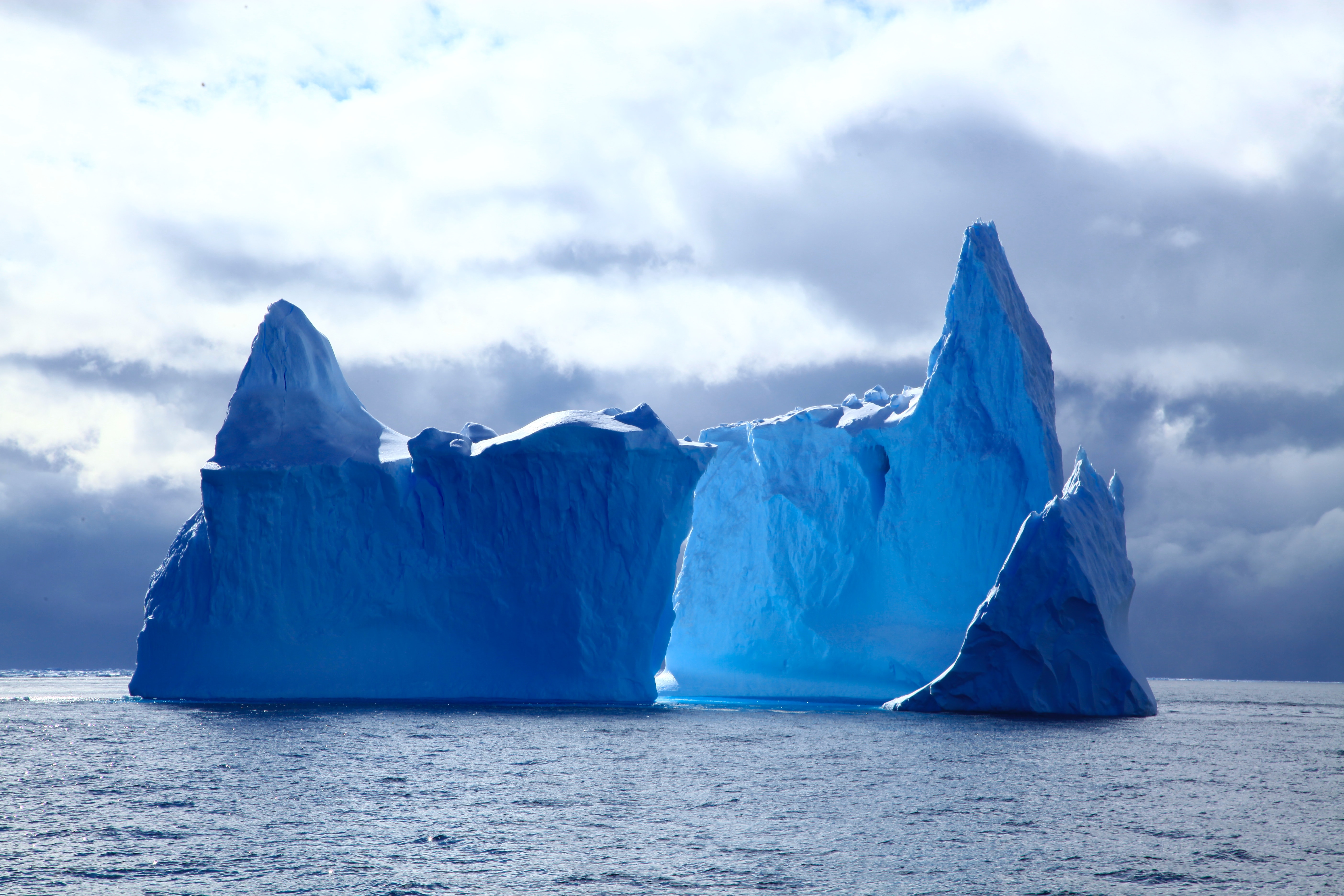Scientists have created a neural network that maps large icebergs 10,000 times faster than humans

Danting Zhu/Unsplash.
Researchers at the University of Leeds have developed a neural network that can map the outline of a large iceberg in 0.01 seconds.
Here's What We Know
Previously, scientists tracked the location of large icebergs manually. But in this mode, it is impossible to observe all the changes in their size and the volume of meltwater they eject.
According to the researchers, giant icebergs play an important role in the Antarctic ecosystem. Therefore, it is crucial to track their dynamics. Manual mapping is not up to the task when there are many objects.
To simplify this process, the researchers developed the U-net algorithm. It was trained on iceberg images obtained from ESA's Copernicus Sentinel-1 satellites.
The algorithm was then tested on seven icebergs. The area of the smallest was roughly the size of Bern, Switzerland, and the area of the largest was the size of Hong Kong.
The new model outperforms previous automation approaches with 99 per cent accuracy. It is also 10,000 times faster than a human at mapping icebergs.
According to the researchers, the new neural network will make it easy to track changes in the area of multiple icebergs at once. This paves the way for the rapid use of the technology in practice.
Source: Engadget